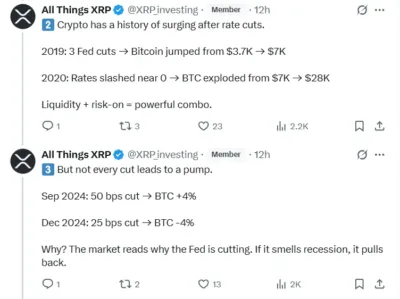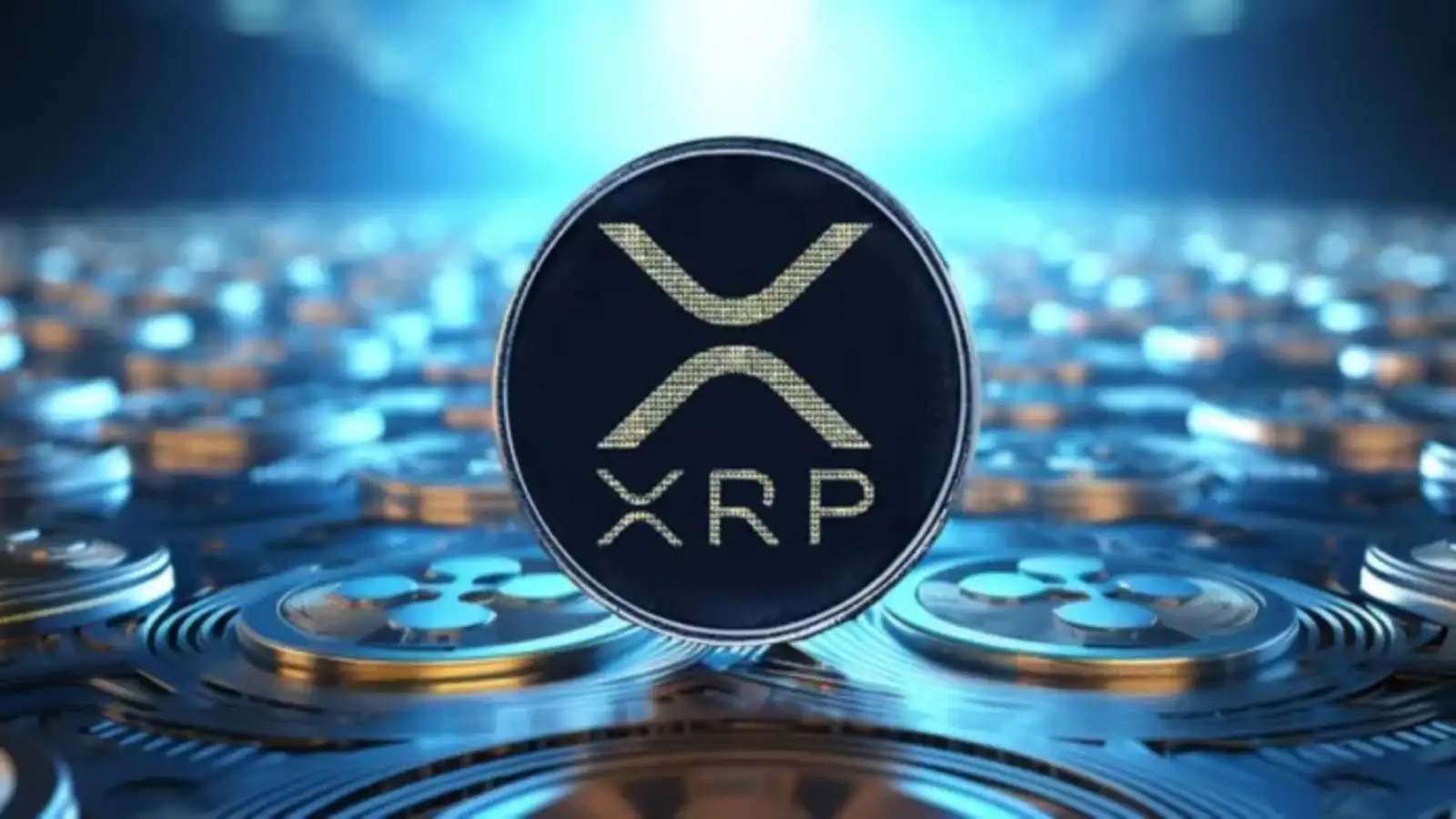President Donald Trump announced on April 9 a temporary halt to his U.S. tariffs plan, cutting them to 10 percent for over 75 countries that have not retaliated against American trade measures. In contrast, tariffs on Chinese imports rose sharply to 125 percent, citing continued retaliation and lack of cooperation from Beijing.
The announcement triggered an immediate reaction in global financial markets. The S&P 500 experienced a significant increase of 9.5 percent, while digital assets observed significant value gains due to changes in U.S. trade strategy.
The expectation of reduced trade tensions and increased market liquidity propelled Bitcoin to reach above $80,000 and generate a 6 percent daily growth. The XXRP ETF launch at the New York Stock Exchange caused XRP’s value to increase by 13 percent while its price exceeded $2.00.
The policy change by Trump and market reactions indicate extremely positive trends for both XRP and the entire cryptocurrency market, according to the “All Things XRP” community analyst. Consequently, industrial investors are tracking the future decisions the U.S. Federal Reserve will make regarding interest rates.

Source: All Things XRP
The Federal Reserve is under increasing pressure to lower interest rates in 2025. President Trump is among those publicly urging the central bank to introduce additional cuts to support economic momentum.
Also Read: Here’s Why Bitcoin and the Entire Crypto Market are Suddenly Rising Today
Market Analysts See Potential Boost from Federal Reserve Rate Cuts
XRP supporters believe potential rate cuts could be the next catalyst for digital assets. Analysts say rate reductions often inject liquidity into the market, making high-risk assets like cryptocurrencies more attractive.
Previous episodes of monetary policy easing deliver examples of current situations. Three interest rate reductions in 2019 caused Bitcoin to grow from $3,700 to $7,000. Additionally, Bitcoin reached its all-time high of $28,000 during the 2020 market rally, which followed the rising interest rates towards zero.
Bitcoin’s market movement typically led to XRP price surges, while XRP occasionally demonstrated higher growth rates. The reaction from investors depends on the specific market conditions of the present moment.
In September 2024, the Bitcoin price reacted to a 50-basis-point reduction through a 4% rise; however, in December 2024, the market reacted negatively to a 25 bps cut by declining 4%. All Things XRP explained that market reactions stem from both the quantitative steps and the qualitative background factors influencing them.
When market observers view interest rate cuts as an indicator of support for growth, the sentiment becomes more positive. The market reacts with worry when economic distress is signaled through rate adjustments.
As the Federal Reserve weighs its next steps, XRP’s trajectory will likely hinge on macroeconomic signals and policy direction. The combination of trade policy adjustments, ETF momentum, and potential rate cuts places the asset under close investor watch.
Conclusion
XRP remains well-positioned amid ongoing shifts in trade and monetary policy. While short-term market movements depend on broader economic signals, the asset attracts attention from investors preparing for potential shifts in U.S. interest rates and liquidity conditions.
Also Read: Ripple’s $1.25B Deal Set to Transform RLUSD Use

